It’s 6:00 AM in the morning and your alarm is bouncing off the walls. You grab your cream-white tumbler and take a sip of the chilled detox water before getting up to make your bed with freshly washed linen sheets and satin pillowcases. After you make your way to the kitchen for a balanced breakfast, consisting of a piece of avocado toast and an iced latte, you decide to begin your day. Hit the gym, run errands, journal, clean your room; endless chores and tasks that are completed with ease and aesthetics. Of course, you have no homework, nothing to study, and no worries or responsibilities whatsoever. Just you and your 12-step skincare routine.
More commonly identified as the “clean girl aesthetic,” this label was created in 2020 and was inspired by young celebrities such as Hailey Bieber or Bella Hadid. The term slowly dispersed onto social media platforms such as TikTok or Instagram and began to target younger age groups. It surrounds an effortless, minimalistic, and elegantly-casual look that is applicable to lifestyle, beauty, and fashion.
Often including a slick-back hairstyle with gold hoop earrings or chrome acrylic nails, these details are what makes this personality seem so put together for a “model off-duty” style. Yet despite the sudden popularity of this “new concept,” many of these characteristics have already been implemented throughout different groups. This style has been popular with brown and black women since the 1960s, yet it was never seen as desirable until white influencers began to do the same.
The entire trend focuses around being tidy, hence the title “clean girl.” Being able to ensure that everything you own is spotless is nearly impossible without putting all your focus into cleanliness. Many items and devices that are utilized to maintain a similar lifestyle are extremely costly, meaning that those with a lower income cannot afford to follow this aesthetic. Although the aesthetic is supposed to promote a productive way of living, it can have a demeaning effect on society.
Freshman Katie Cha explains, “It depends on who’s viewing it because people might become self conscious after seeing others online with this lifestyle.”
Additionally, most of the participants are very thin, and “fatness” is a prominent prejudice within this trend. Wearing a beige sweat suit is seen as “chic” or “comfy,” until someone bigger in size does the same and is labeled as “lazy.” Clear or fair skin and straight hair are common features applicable to the “clean girl,” opposing features that people of color (POC) naturally have such as hyperpigmentation or curly hair. In essence, the most prudent “clean girl” is a white woman.
These negative points are not the only aspect of this trend, as there are numerous different viewpoints. There is a fixed image of the “clean girl” due to the media, yet it could be viewed based on personal standards, such as taking care of oneself, finishing an exhausting task, or making a healthy meal.
Senior Emma Utterback said, “I feel like people perceive the clean girl aesthetic as how you look, but it’s also about if you feel clean, for example doing your makeup, skincare, or an ‘everything shower.’”
The main aspect of this trend is discriminatory and unattainable, but finding the right balance between organization and daily duties can create a less-restrictive takeaway. Including certain practices such as planning your day and prioritizing yourself can benefit your daily routine when it isn’t in an obsessive manner. Beauty or lifestyle should not be limited to a trend or what an influencer promotes, but it should be a safe space for everyone to shine in their own light and represent what works for themselves.










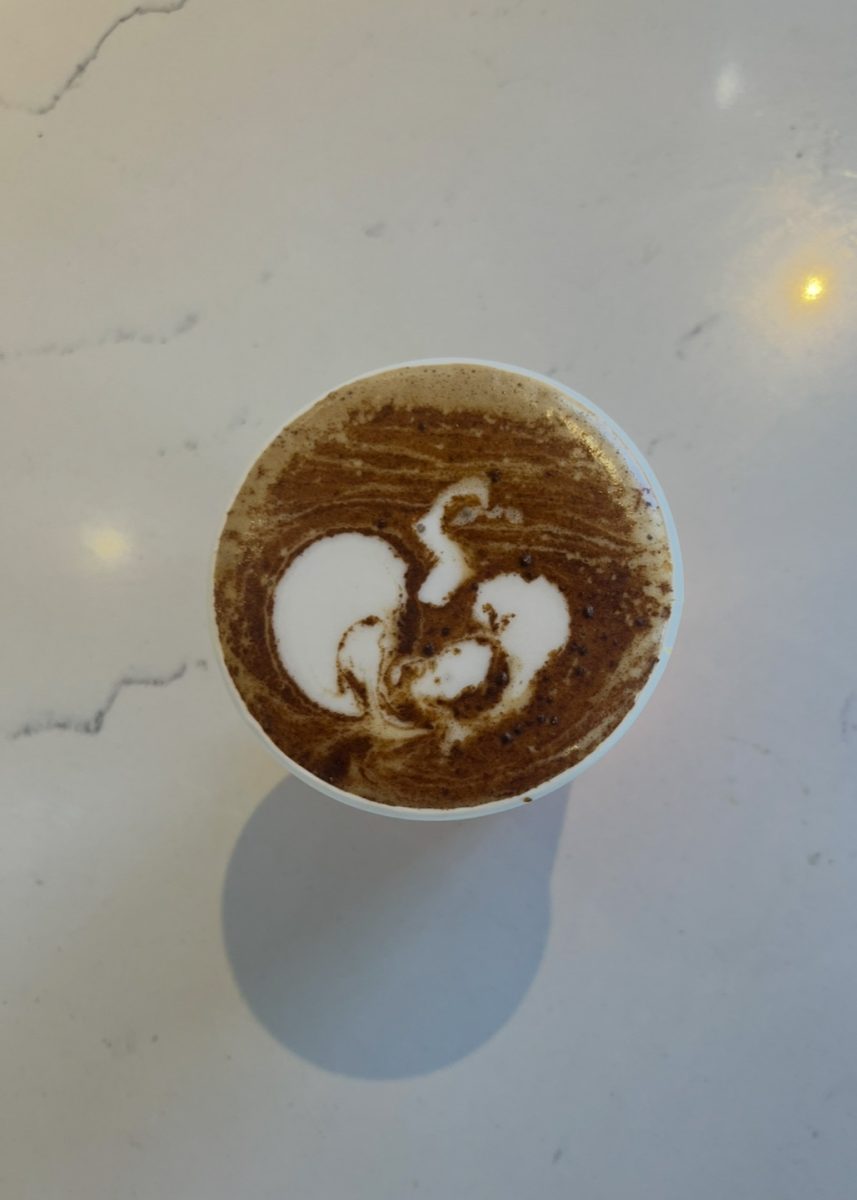
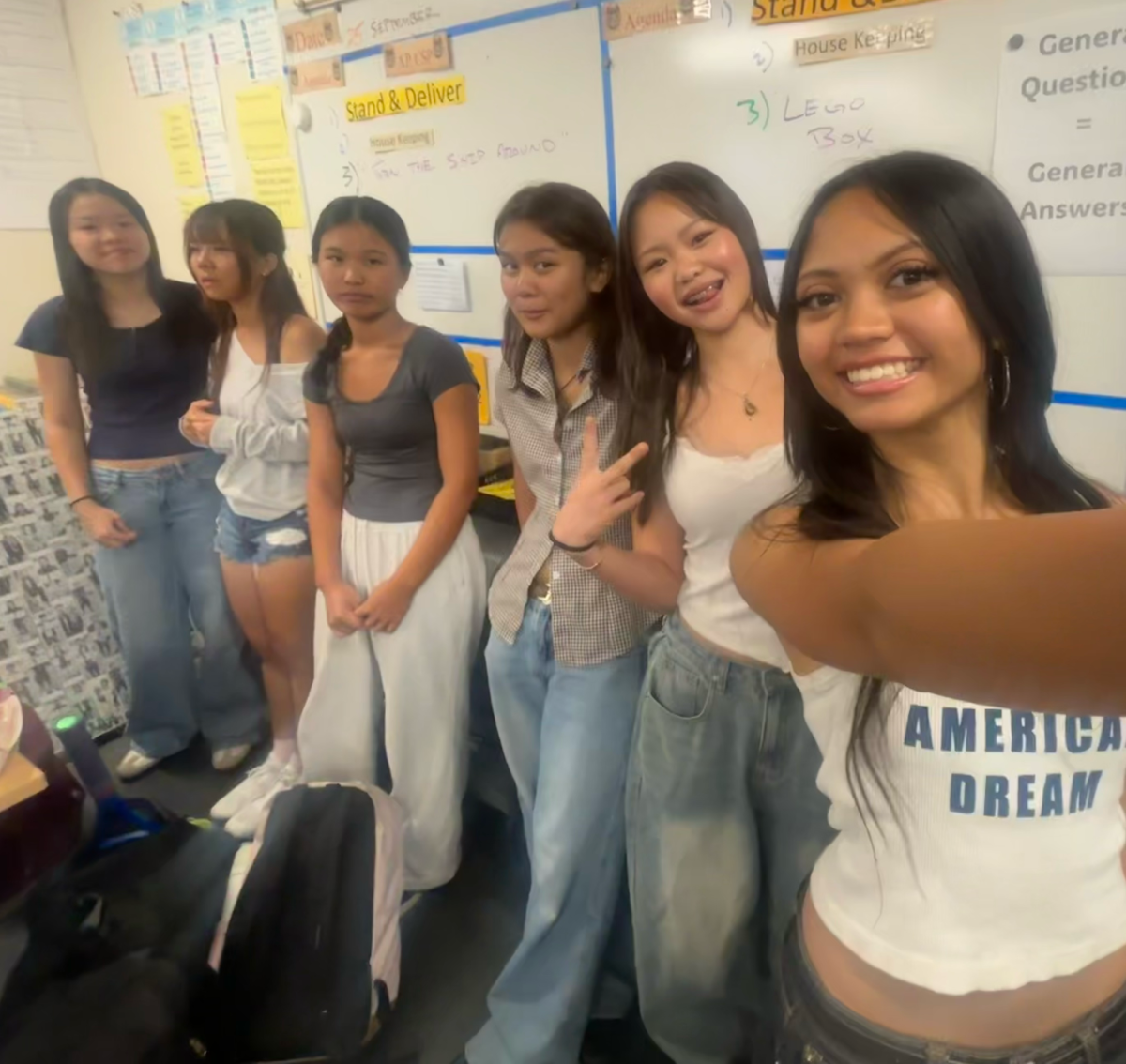







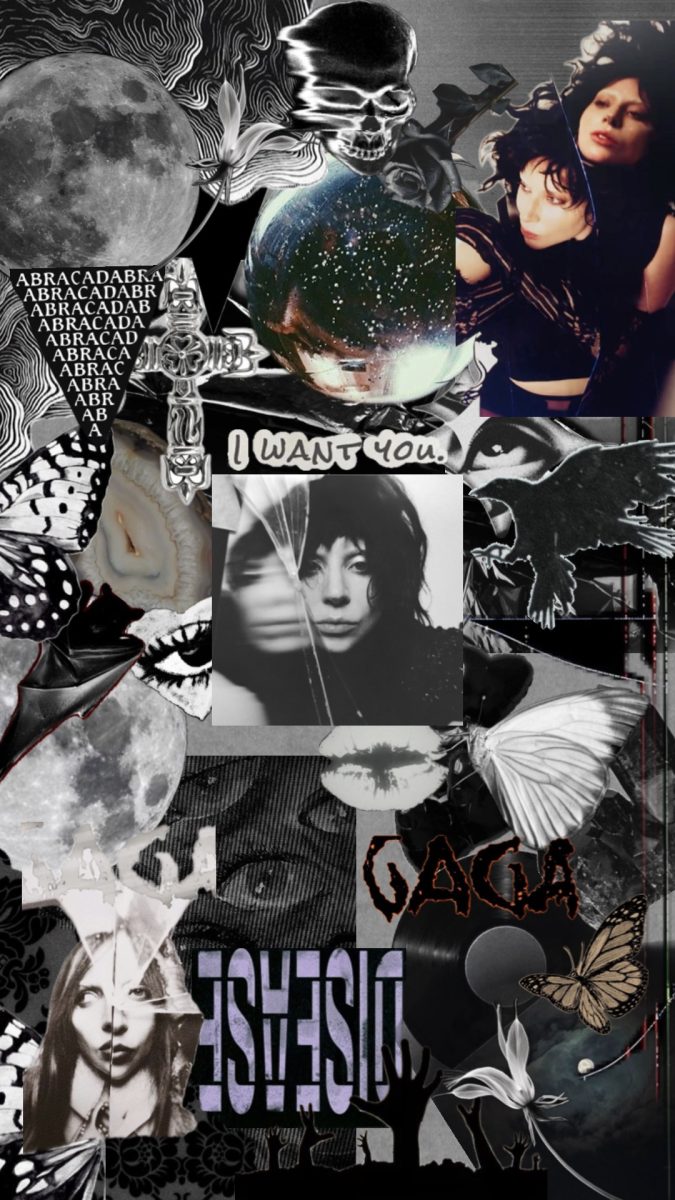





![“I'd say [this season was] successful because I didn't really think I was going to really play much because I'm a freshman. But my coaches took the time and believed in me,” Jonah Boyd (9) said. As a freshman, Boyd has already achieved great success during his first year on the boys Varsity baseball team.](https://ayalabulldogtimes.org/wp-content/uploads/2025/05/IMG_1598-1.jpeg)
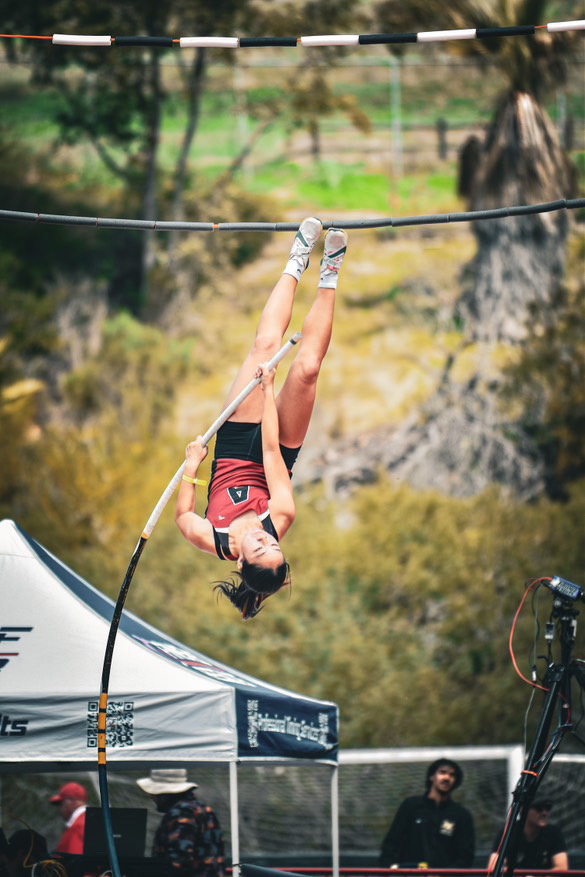
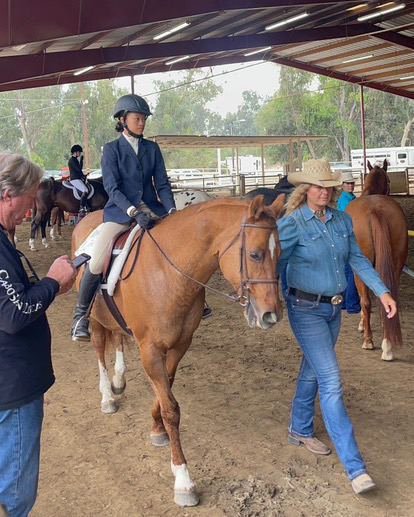
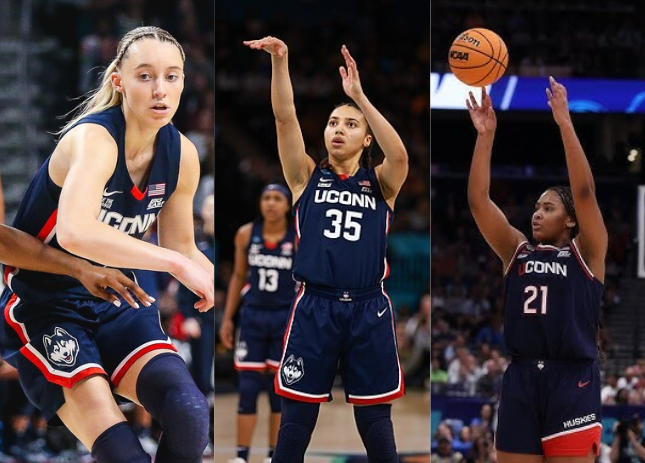













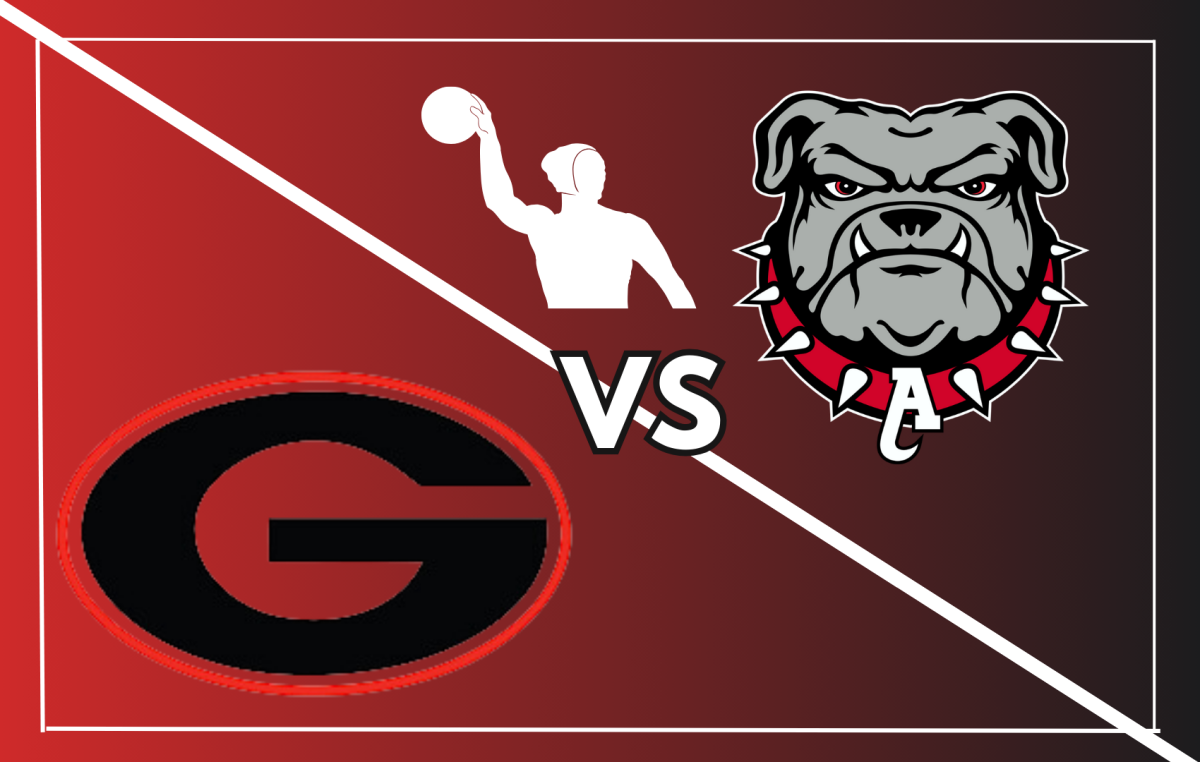











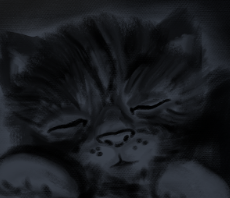





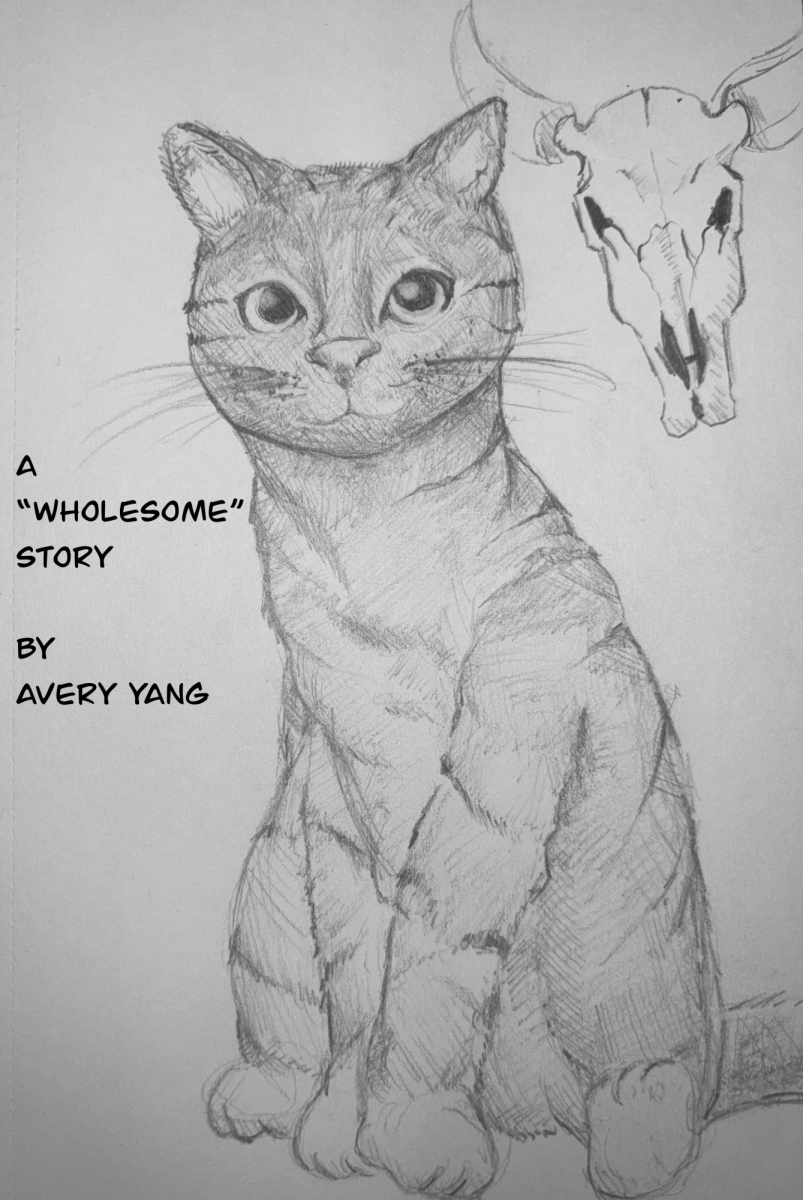

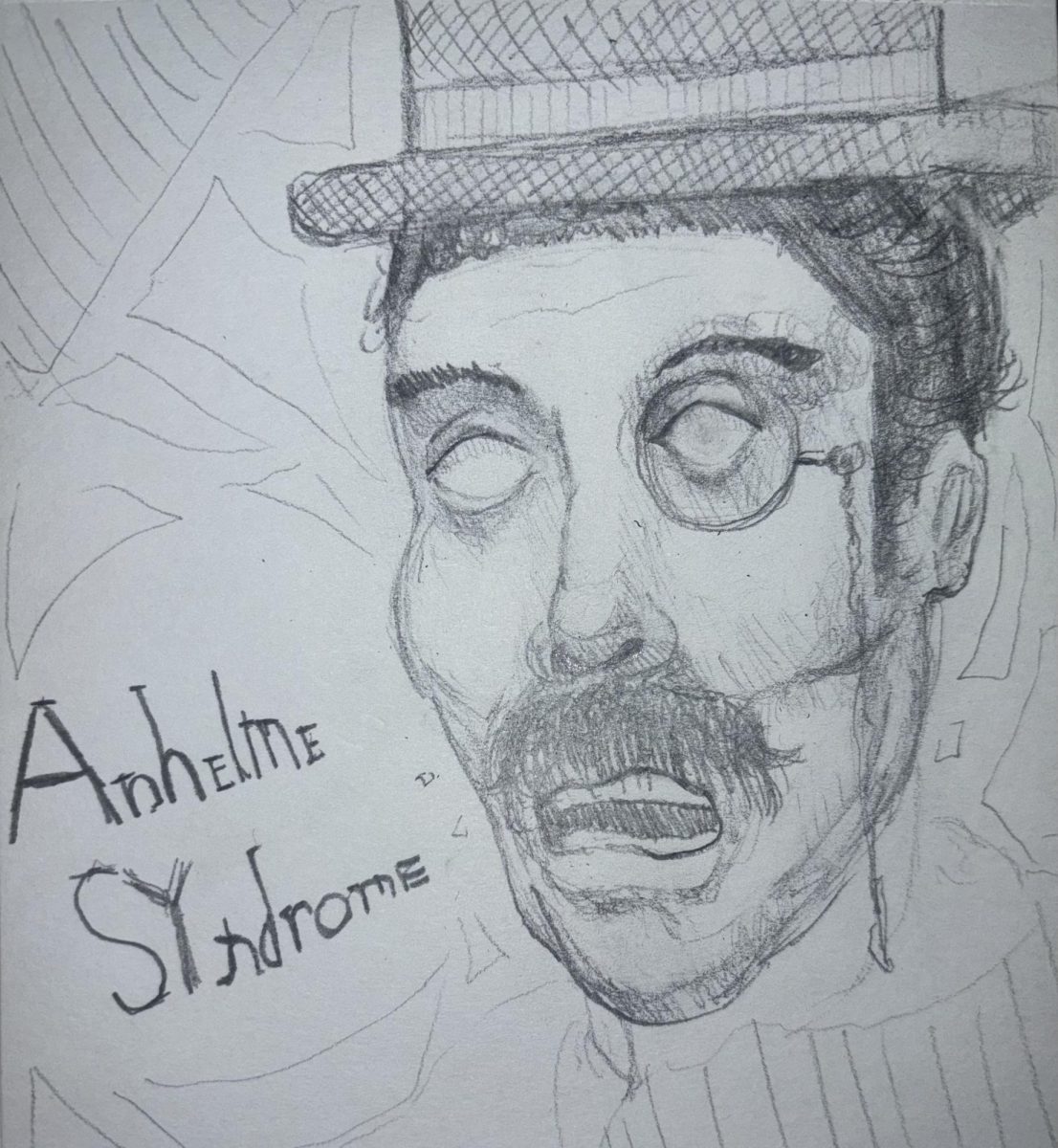




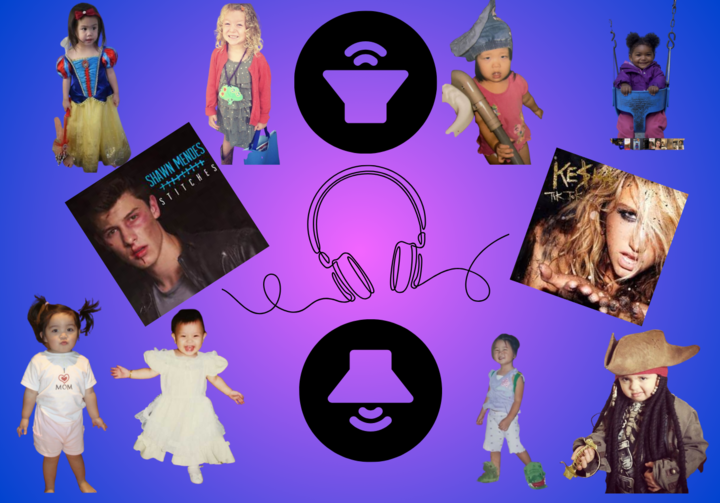


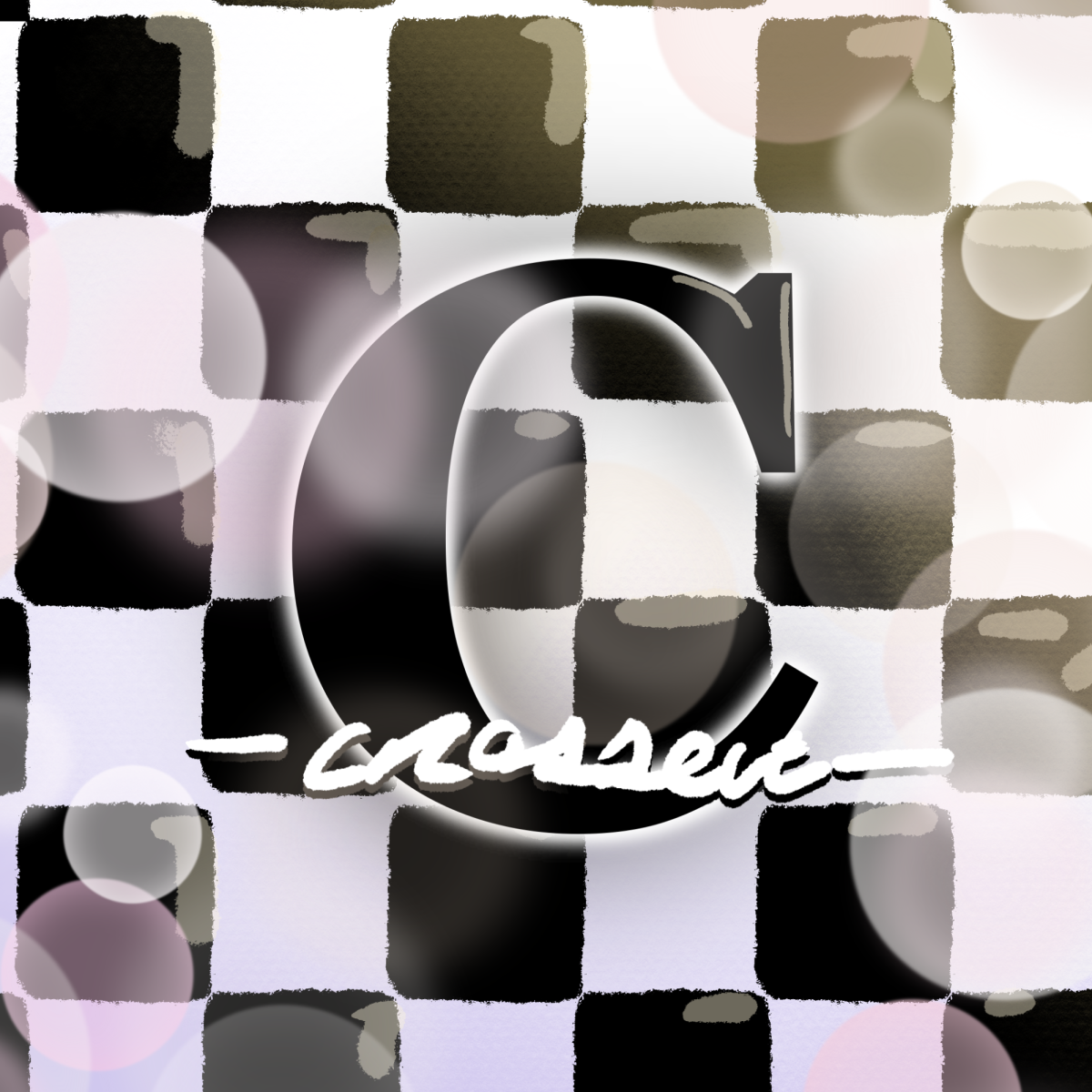



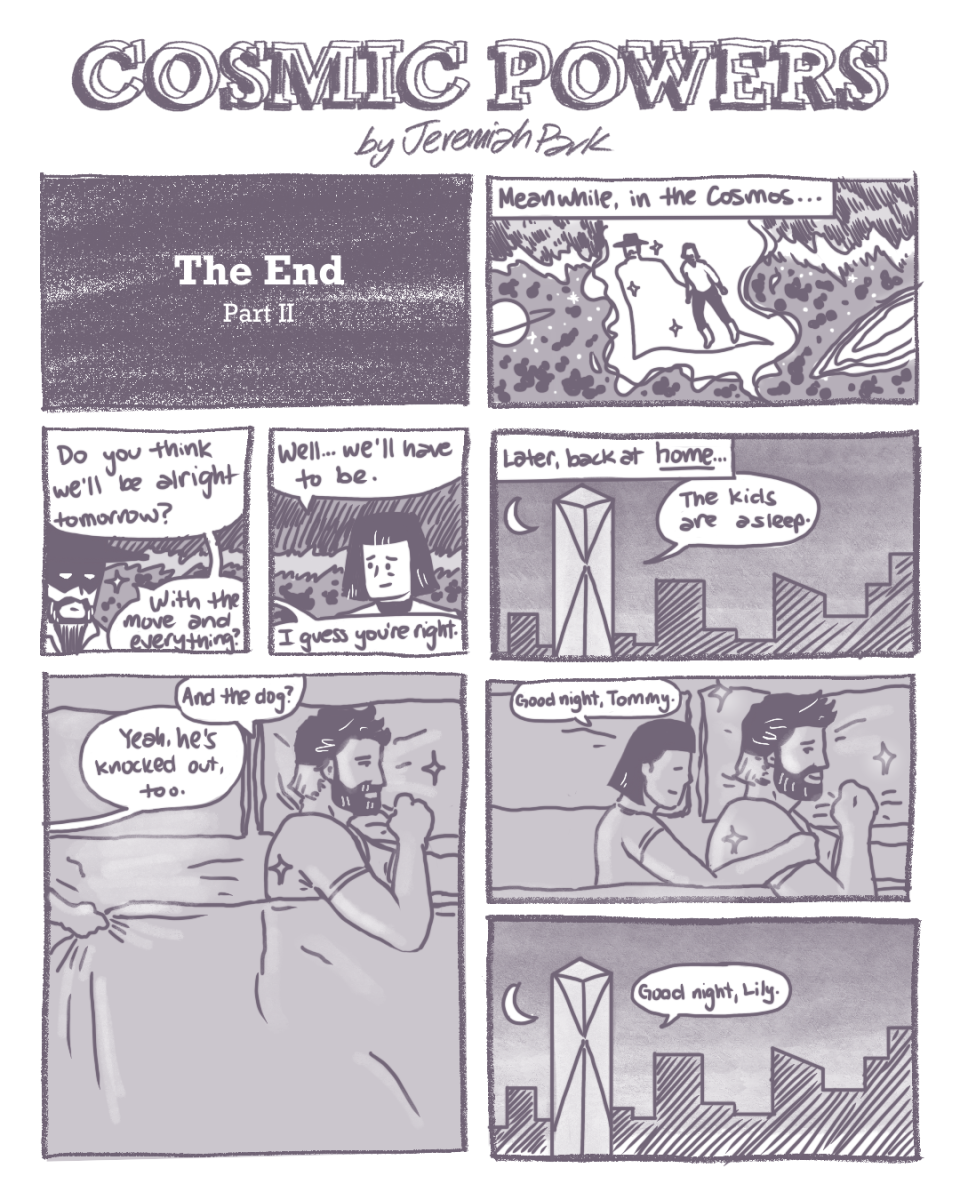
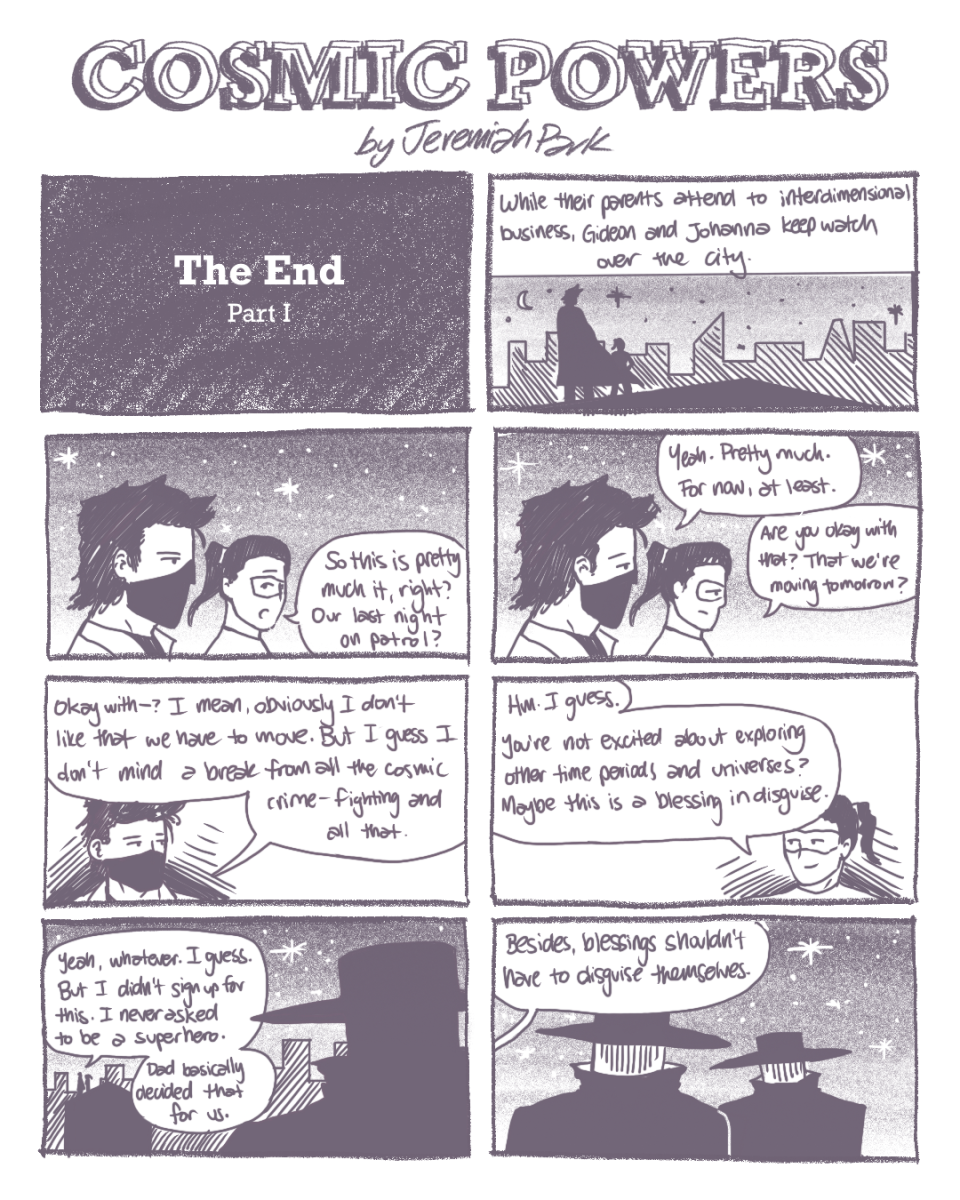




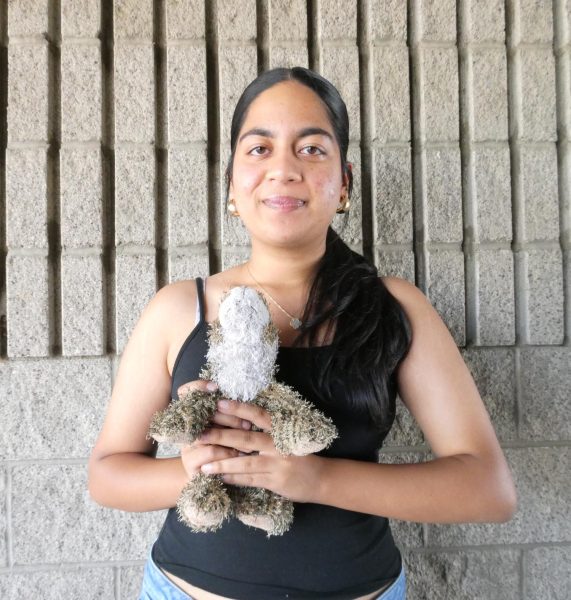
Arya K • Sep 12, 2023 at 11:08 am
this is too good
Rishika Kumar • Sep 9, 2023 at 4:11 pm
Love this!
Bhawna • Sep 9, 2023 at 2:55 pm
Great work Laila !!
lucas liu • Sep 9, 2023 at 2:50 pm
ate so hard